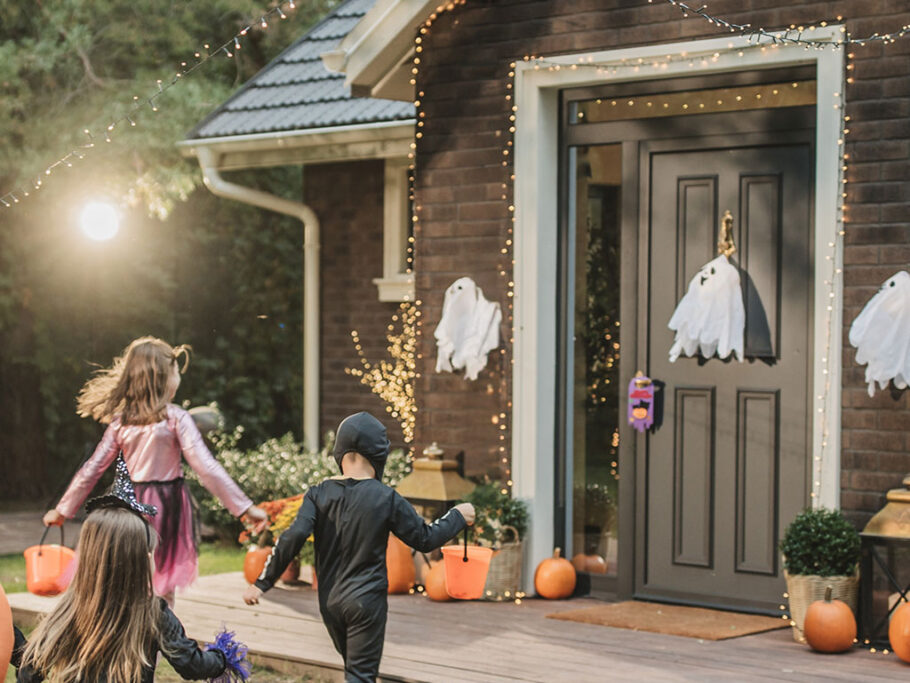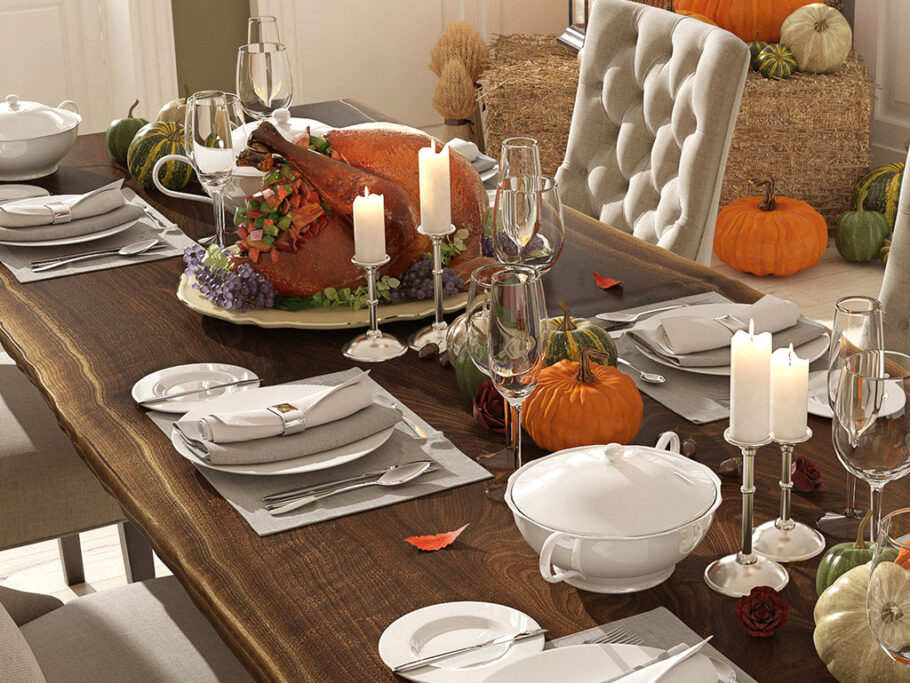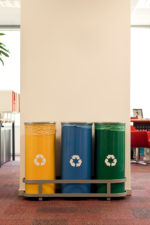Foil Your Soil: A How-To Guide for Composting
So, you want to try composting, but aren’t ready to commit to keeping up with a bin of your kitchen scraps and earthworms. Composting with leaves is a great first step in the composting process, and can help you ready your garden for fruits and veggies come spring.
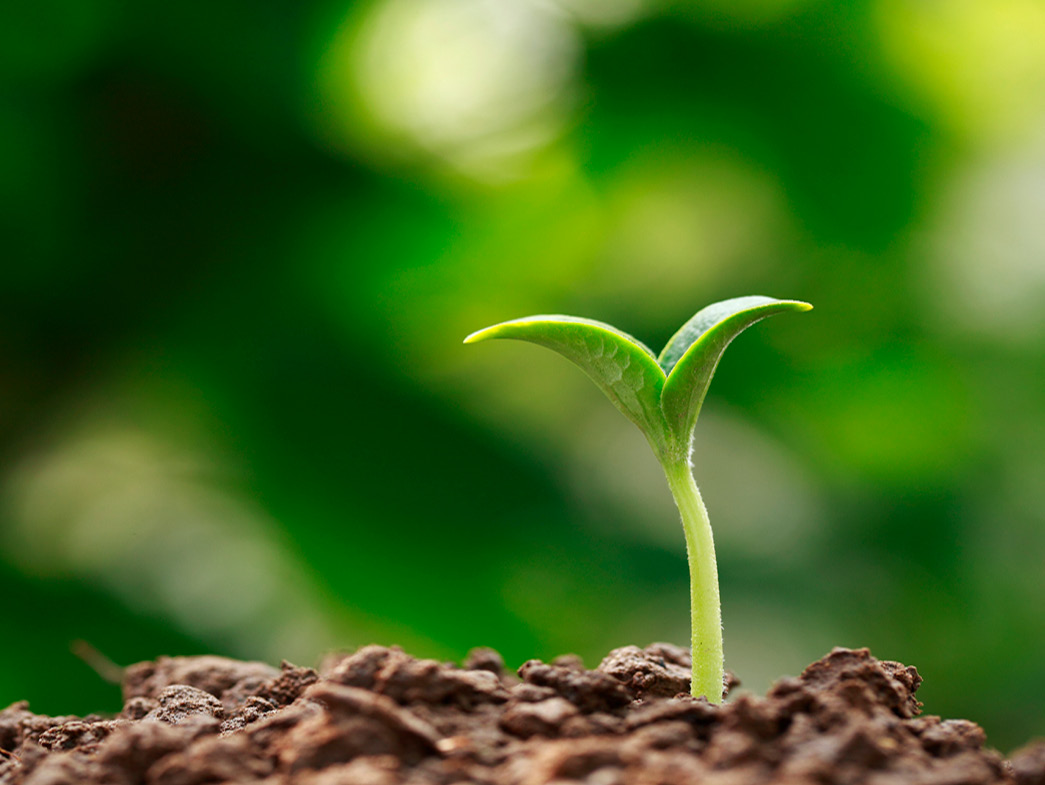
What is composting?
Anything that was once living will eventually decompose, and the nutrients released during the decomposition process are ideal for sprouting new life. Compost can be made up of any organic material, and when ready, can be used as soil to grow crops that are healthy and strong.

Where to begin:
- Using a sturdy bin or other protected structure, begin your compost pile by adding your chopped-up leaves and other brown materials (e.g. straw, twigs, sawdust, woodchips, etc.). Continue with the brown layer for at least 2 feet.
- Add in other green (e.g. grass clippings, fruit and veggie peels, coffee grounds, etc.) and brown materials as you collect them, and be sure to moisten all new layers with water.
- Continue to stir the pile every time a new layer is added, and monitor the internal temperature of the pile to ensure it remains above 60°F.
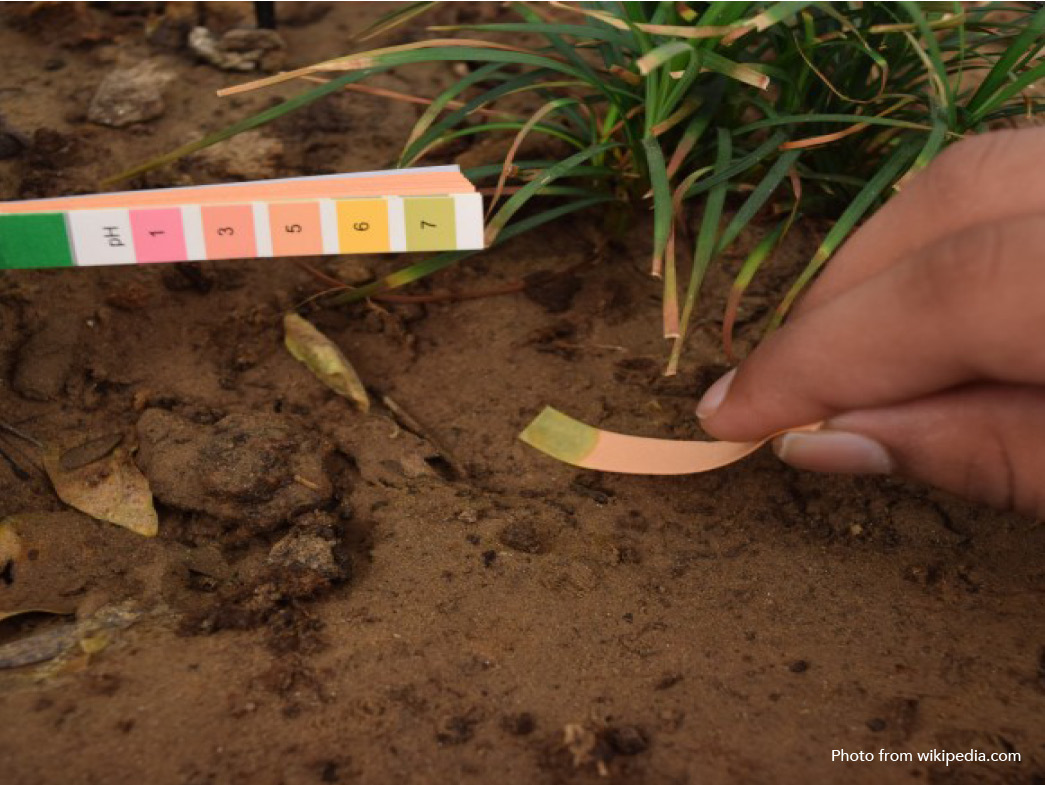
Maintaining your compost pile:
- When adding new layers to your compost, be wary of the acidity levels of the items you are composting. Adding too many things like coffee grounds and fruit peels can throw off the pH balance of your pile, which must stay at a level between pH 5.5–8. (Tip: measure the pH balance by placing a small amount of the compost in a vile of water, and test using a Litmus Test strip.)
- If you are worried about maintaining the internal temperature of your pile, consider placing a tarp cover over top to keep heat in.
- Adding worms, particularly Red Wiggler or Redworm varieties, is a great way to help maintain a healthy environment in your compost pile and speed up the decomposition process.
- Once the bottom layers of your compost have turned a deep brown color, it is ready to use as soil in your garden.





